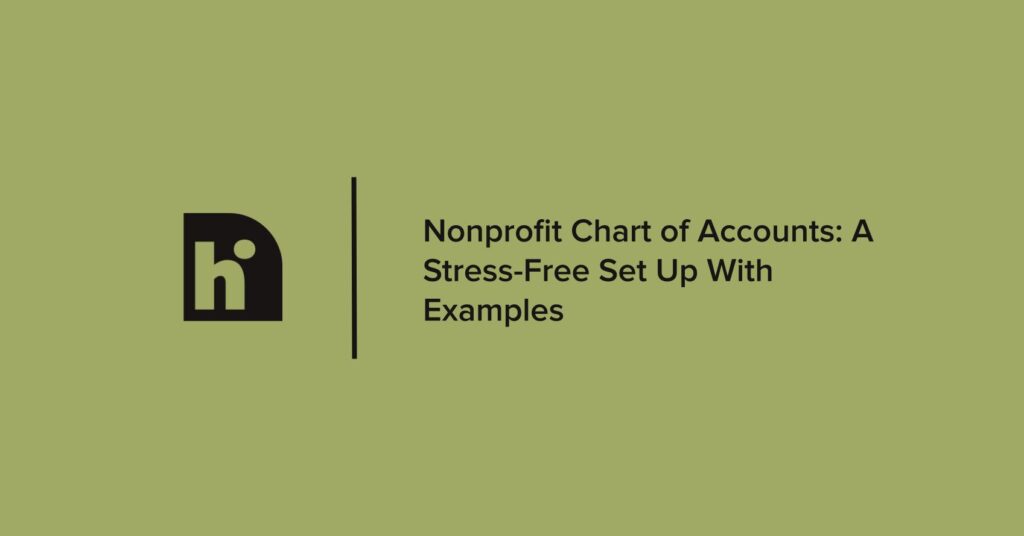Financial Forecasting Data: You Have It, Now What?
Written by Amanda Bower | Published: September 14, 2023
Sign up for our newsletter to receive everything from accounting advice to notifications on new tax laws.

Running a startup or a fast-growing business is like being on a constant rollercoaster ride. You never know what the future holds, and fierce competition is always lurking around the corner. But fear not.
You don’t need a crystal ball to see what’s ahead.
Financial forecasting is like a psychic reading for your company’s financial future. It uses historical data and current performance to create projections that will help you make informed decisions.
But don’t settle for just any forecasting model. You need to find the one that suits your business best.
Despite how it seems, your financial forecasting data is not just a bunch of numbers. It’s a powerful tool to help you take your business to the next level. Use it wisely, and it’ll steer your company toward success.
Here are some tips to get you started.
Budgeting and Planning
As you probably already know, a startup’s budget can be fickle. On average, it takes 2-3 years for startups to turn a profit, and one of the top reasons startups fail is because they run out of cash or fail to raise new capital. This means that for leaders and decision-makers, proper budgeting and financial planning are paramount and can sometimes mean the difference between a successful venture and an ineffective one.
Business budgeting is a specific practice in which leaders create an annual budget for the organization. Creating a startup budget requires leaders to map out costs, calculate fixed and variable expenses, and understand their revenue. And while a budget is powerful on its own, it’s far more useful when informed by your financial forecast.
How do a financial forecast and a business budget work together? A financial forecast predicts what financial results you can expect from your business.
You can use these predictions and expectations to inform budgetary planning decisions. For example, if you know a busy season is on the horizon, it’s time to ramp up your spending game in certain departments.
Update Pricing Strategies
Let’s face it—determining pricing can make or break a startup. Balancing between attracting customers, not getting ripped off, and making a profit can be challenging. However, it’s not impossible.
To help determine your pricing strategy, start by analyzing your financial forecast. Crunch the numbers, analyze costs, and project revenue. This will allow you to determine your expected profit margins and how different pricing scenarios will impact them.
With this knowledge, you can adjust your prices to align with your business goals and stay ahead of the competition.
Build a Hiring Plan
When it comes to expanding your team, relying solely on intuition is not the best approach. Instead, it’s important to leverage financial forecasting to make strategic decisions that keep your business ahead of the competition. By analyzing your financial projections, you can identify potential growth areas and determine where to allocate resources.
Moreover, it’s crucial to consider the costs and profits of hiring new staff. This information can help you create a well-informed budget for recruitment and onboarding.
With a clear understanding of your financial situation, you can make calculated and effective hiring decisions that align with your business goals. So, don’t leave your hiring strategy to chance—use your financial know-how to make informed moves that drive success.
Cashflow Management
As we touched on earlier, cash flow is the lifeblood of startups, and when applied properly, financial forecasting can be an integral tool for managing your cash flow. Firstly, financial forecasting can help you anticipate your expected cash inflows. Your team can analyze financial information such as customer payment patterns, sales forecasts, and accounts receivable to estimate how much cash should come into the company and when.
Similarly, financial forecasting can be used to project cash outflows. By considering expenses, you can estimate how much cash will go out of the company so that you can manage expenses effectively.
Financial forecasting can also be used to identify cash flow gaps. Once you project your expenses and cash inflows, you can identify potential shortfalls to see where your cash on hand might not be enough to cover expenses.
Secure Funding
Funding is crucial for startups (which is why so many go through multiple funding rounds). Whether you’re just starting with your seed funding, you’re ready for your series A, or you’re looking for loans from creditors, your financial forecasts will play a crucial role in demonstrating the financial health of your business to investors. For example, you can use your financial forecast to create revenue projections, tying in market research, demand, pricing strategies, and sales forecasts.
Leaders can use financial forecasting to distill information about their company’s profitability, expenses, cash flow, and even potential risk, all of which interest investors and lenders.
Resource Allocation
Your startup’s resources are incredibly valuable, and resources must be allocated appropriately for your organization to be successful. As we mentioned earlier, with insights into your expected revenue and expenses, you can create a comprehensive business budget to outline effective resource allocation by estimating the available financial resources and project costs associated with the different aspects of your business.
When it comes to making strategic resource allocation decisions, there’s nothing more valuable than having accurate and reliable financial forecasts at your disposal. By leveraging the power of scenario planning, you can explore different hypothetical scenarios and assess the financial implications of various factors, such as changes in market conditions, product offerings, and cost-cutting measures. With this invaluable insight, you can confidently make data-driven decisions about allocating your resources for maximum financial gain.
Goal Setting
As an entrepreneur, your ability to successfully navigate the financial landscape can make or break your startup. To increase your chances of success, it’s important to set ambitious revenue targets based on sales forecasts, market trends, and growth expectations.
However, don’t forget about profitability. By carefully analyzing your expected expenses and revenue, you can gain insight into your organization’s financial health and set goals for managing costs and achieving long-term objectives.
Leveraging financial forecasts can help you stay ahead of the competition and make strategic decisions that will drive your business forward. The future is full of possibilities, so don’t hesitate to seize it with both hands.
Financial Forecasting Data Is Only Valuable If…
Financial forecasts can help you clearly see where your company is going and what kind of financial path it’s on. But that’s not all your financial forecasts are good for: they can help you actually make better decisions to change the trajectory of your company.
Think about it: when you see how your financial future will likely play out, you can make strategic, impactful choices to improve outcomes. You can use the data from your business’s financial forecasts to pivot and restrategize to create an even better future for your organization.
If you’re looking for financial forecasting services that give you mission-critical insights into your company, then we should talk. Here at hiline, we provide financial reporting and analysis services to fuel your future.
Speaking of the future of accounting, we’re at the helm of it. We specialize in outsourced accounting services for startups and other fast-growing businesses and provide bookkeeping, tax, accounting management, financial reporting, and cash management services.
Contact us today to get started.
Share this article
Read Similar Articles

Accounting
Your Nonprofit Compliance Requirements Starter Guide

Accounting
Nonprofit Chart of Accounts: A Stress-Free Set Up With Examples
